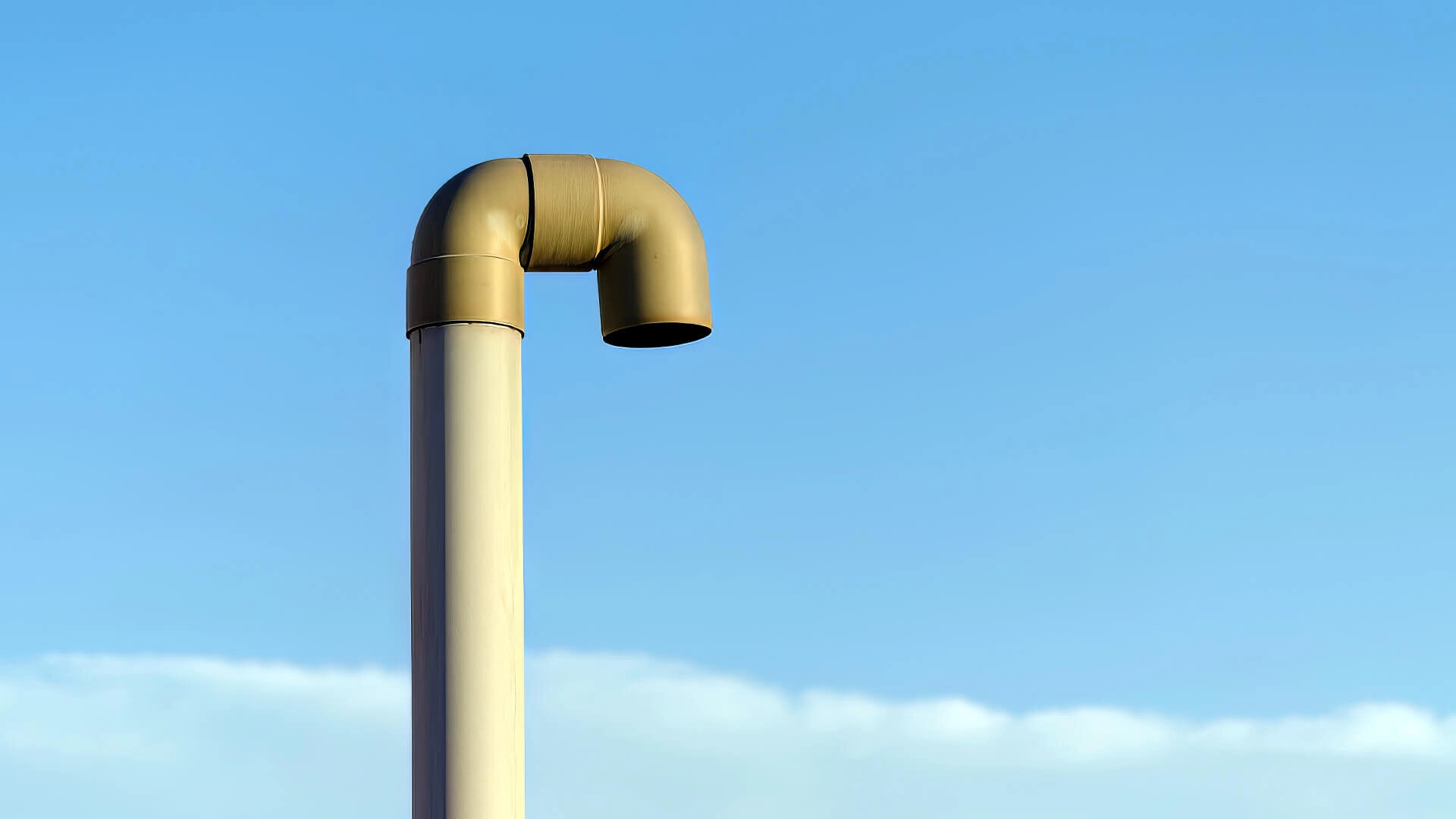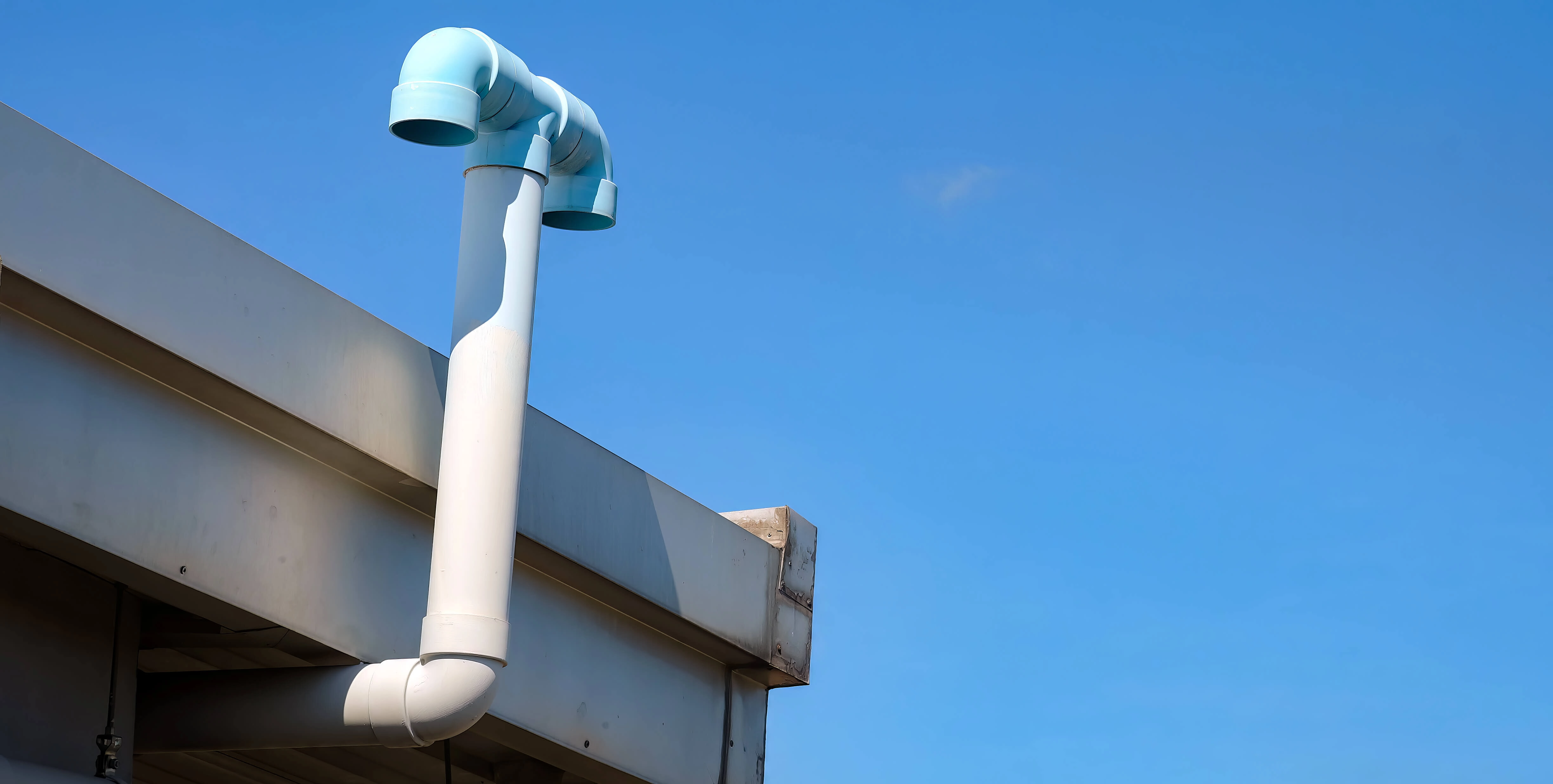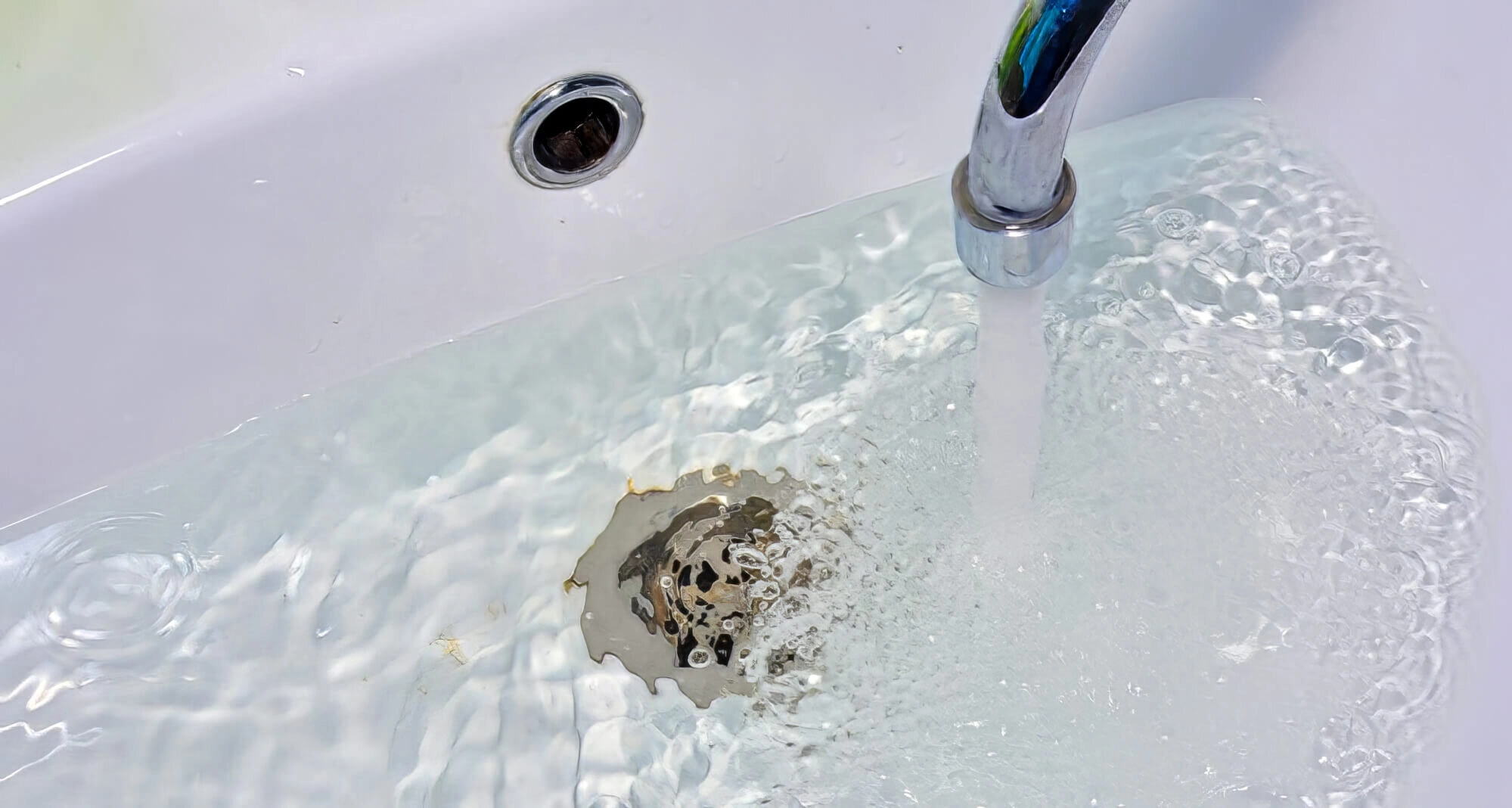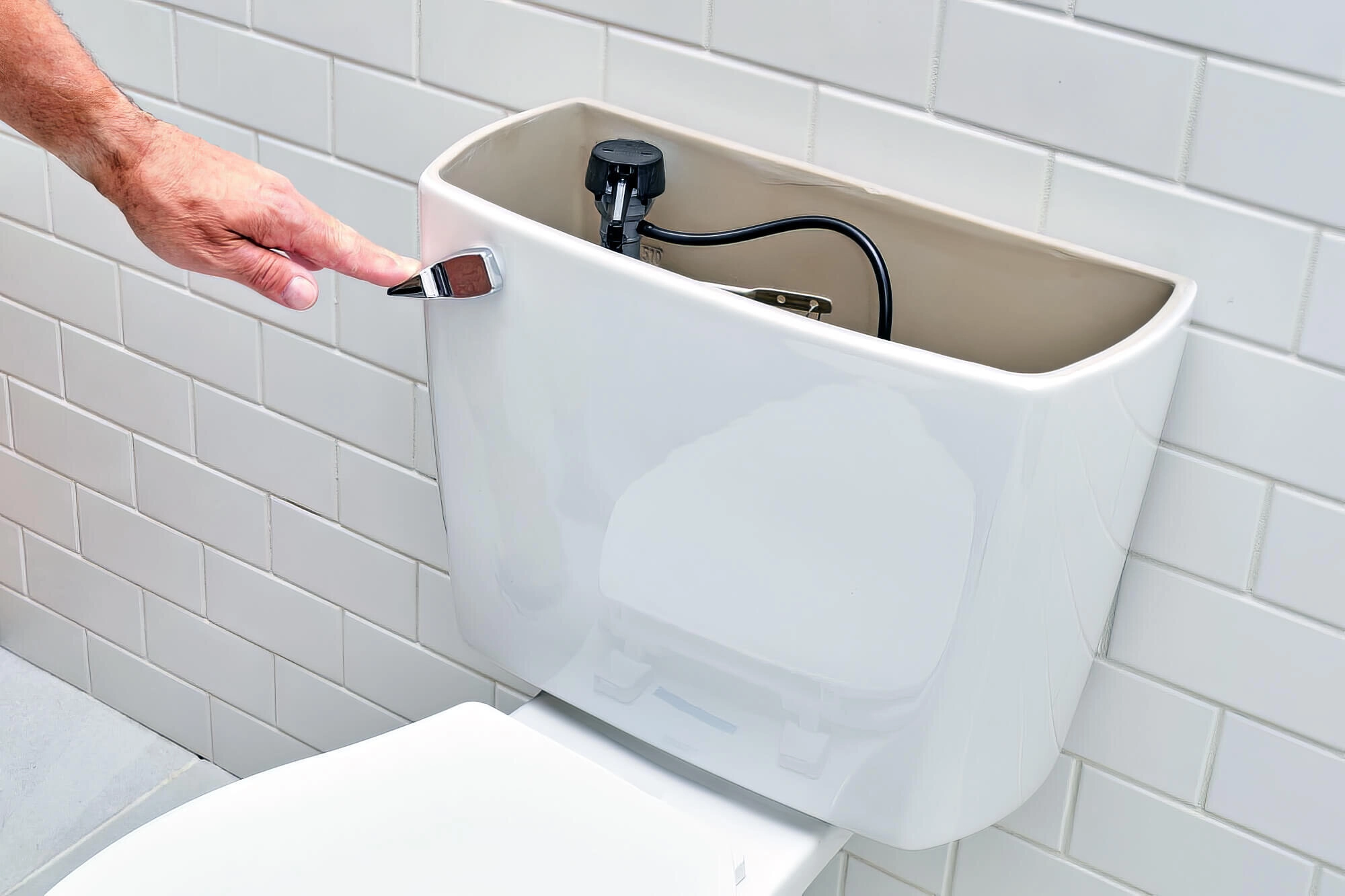Don’t you just hate it when you have to deal with plumbing fixtures that overflow and mess around your household?
A seasoned homeowner will know that it is a telltale sign of a larger problem, which is a clog in the plumbing system . But given the complexities of modern household plumbing, fixing a clog is easier said than done.

When the clog is in a tough-to-reach area, such as the plumbing vent, then the problem gets even worse. And if you don’t fix it soon, there will be a major issue on your hands. Fortunately for you, here we have discussed how you can identify a clog in the plumbing vent to fix it easily .
How To Tell If You Have A Clogged Plumbing Vent Pipe?
For those who do not know what it is, a plumbing vent or a vent stack is an outlet for gases . It is a vertical pipe attached to the main sewer line and the septic system, with an open vent outlet on the roof.

The vent system helps regulate the air pressure inside the pipelines by eliminating excess gas build-up . Conversely, it allows the passage of fresh air from the outside to prevent the pressure inside the pipes from falling.
When it becomes clogged, it will naturally affect the water pressure within the pipes , leading to severe plumbing issues. In that context, certain signs are associated with this problem, and you should call a professional immediately if you see any of them.
1. Slow Rate Of Drainage

Slow drainage is the most common symptom of a blocked plumbing vent or a blocked drain. If the plumbing vents become blocked by leaves, dirt, or other debris, the excess sewer gases inside the pipes cannot escape. Similarly, fresh air can’t enter the vent pipes, affecting pressure.
The water flows slowly through the drain pipes due to this pressure imbalance. When that happens, you will notice that the water in your fixtures will not drain quickly enough. And if you use the fixtures too much during this time, water will start to overflow.
2. Odd Smells Coming From The Drainage Pipes
If the plumbing vent pipe is clogged, you will pick up foul smells from the drain line . A strong, pungent odour is caused by the accumulation of methane gas and ammonia .
Harmful moulds and bacteria grow in abundance in filthy sewage water, and these mico-organisms produce the above gases through metabolism. The p-trap keeps the gases and odours out, but if you have a clogged vent pipe, the p-trap becomes empty due to the pressure imbalance. Due to that, all the harmful and smelly gases move through the p-trap and filter into your house.
3. Gurgling Noises From Your Plumbing Pipes
Under normal circumstances, your pipelines will not make odd noises. But if there are blockages in the plumbing vent pipes, you will notice loud gurgling sounds .
In such a case, the air inside cannot exit through the air vents installed on the roof. Instead, they exit through the plumbing lines attached to the various bathroom and kitchen fixtures. The air bubbles cause gurgling sounds as they leave the system through these openings.
4. Toilet Tanks Become Dry Or Empty
If your plumbing vent becomes blocked, it disrupts the normal water flow inside the pipes by affecting the pressure. That, in turn, affects the water level inside your toilet tank, which keeps draining the water away over time. And once the tank goes dry, you won’t be able to flush water down the toilet .

How To Unblock A Plumbing Vent Pipe?
Now that you know about the symptoms of a blocked plumbing vent in your plumbing system, you should know how to fix them. This section describes the steps you need to follow to unblock your vent pipe.
Step 1: Climb To Your Roof And Identify The Clog
First, you must determine the exact nature and location of the vent pipe blockage . For this, you need to climb to the roof and shine a bright light down the vent. Alternatively, you can use a drain CCTV camera to locate the blockage .
You should also determine the amount of suction through the pipes, so ask someone inside to flush the toilet while you place your hand over the vent. If there is no suction, it signifies a complete blockage, but if there is little suction through the vent, the blockage in the plumbing vents is partial.
Step 2: Use A Plumber’s Auger
Next, you need to clear out the clog using a plumber’s auger , commonly known as a drain snake. Put the snake through the roof vent until you reach the clog. Once there, gently poke the debris to dislodge the blockage . You must be careful in this step, or you might damage the toilet vent pipe.
Step 3: Clear Out The Remaining Debris
After removing most of the blockage from the vent pipe, you should pour some water into the vent through a garden hose to wash away any remaining debris. Ideally, we suggest you use hot water for this purpose, but regular tap water will suffice too.
Following that, check the suction of the vent pipe by telling someone inside to flush the toilet again. If the suction is strong, it indicates that the clog has been cleared.
Guide To Clearing Your Clogged Vent Pipe (At Home)
While clearing out clogs in the plumbing vents is relatively straightforward, many homeowners don’t feel up to the task due to its hard-to-reach location. In that case, you can get in touch with a professional plumber to clear the clogged plumbing vent without any risk.
When you take proper care of the vent, you can avoid major problems altogether. For instance, if you use a vent cap to keep out debris from the pipes , you can go a long time without any blockage.
So, make sure to take such preventative measures and keep the plumbing system in good condition. And, if you need any assistance with your plumbing vent or sewer line, speak to our Sydney plumbers. We can help you find the cause of sewer gasses, remove blockages and clear debris from your plumbing line.